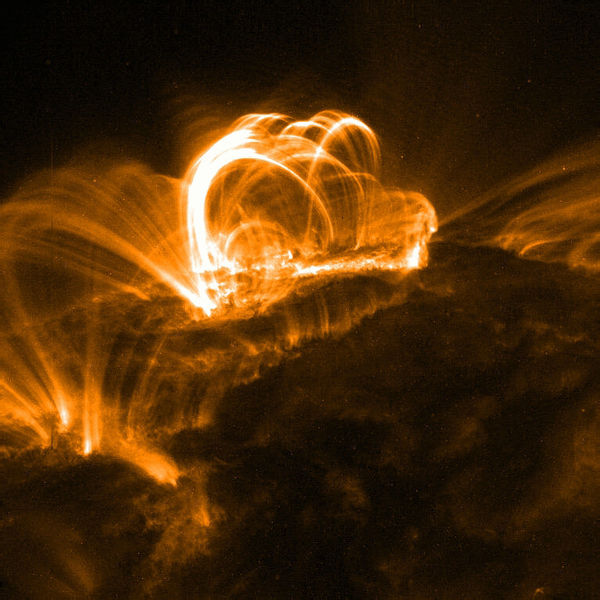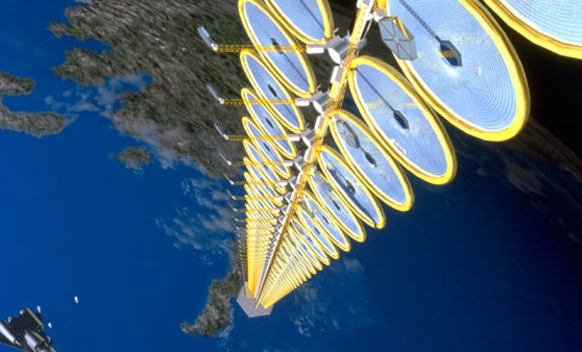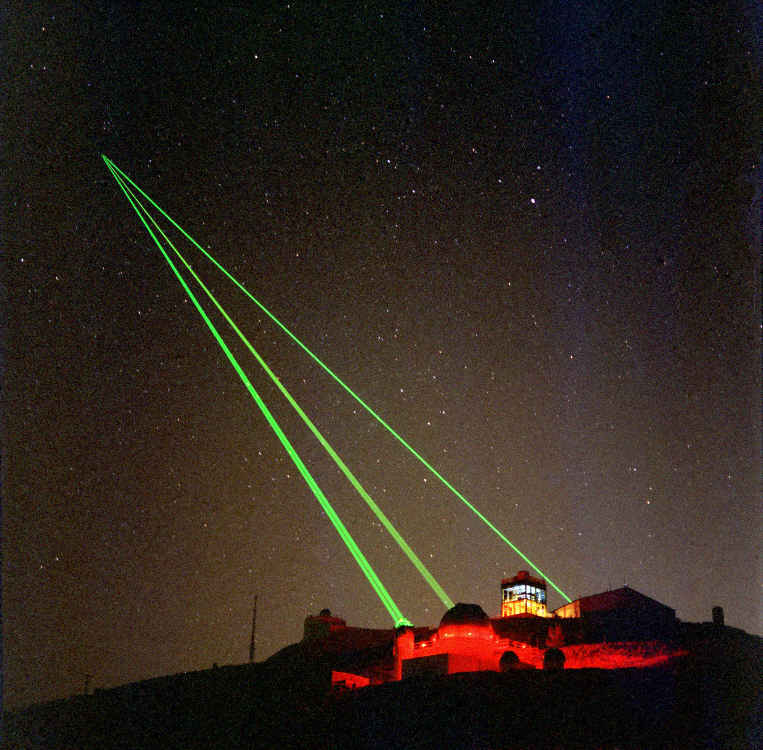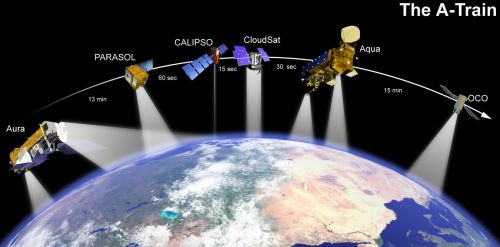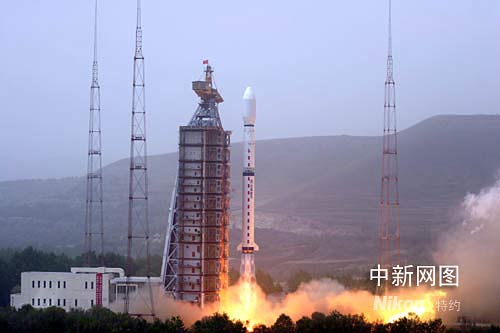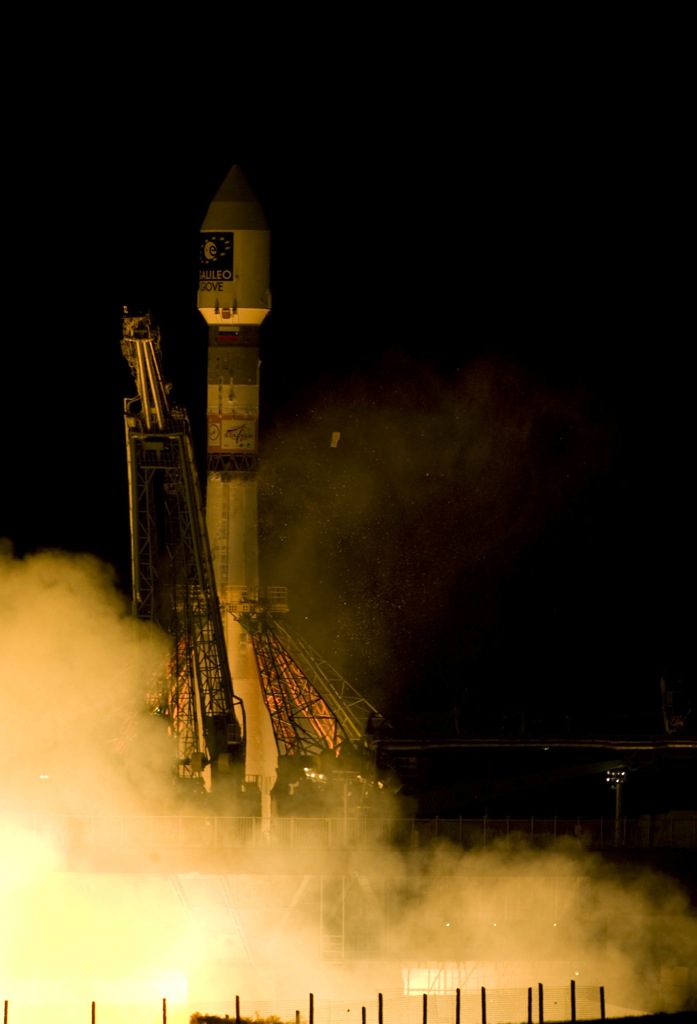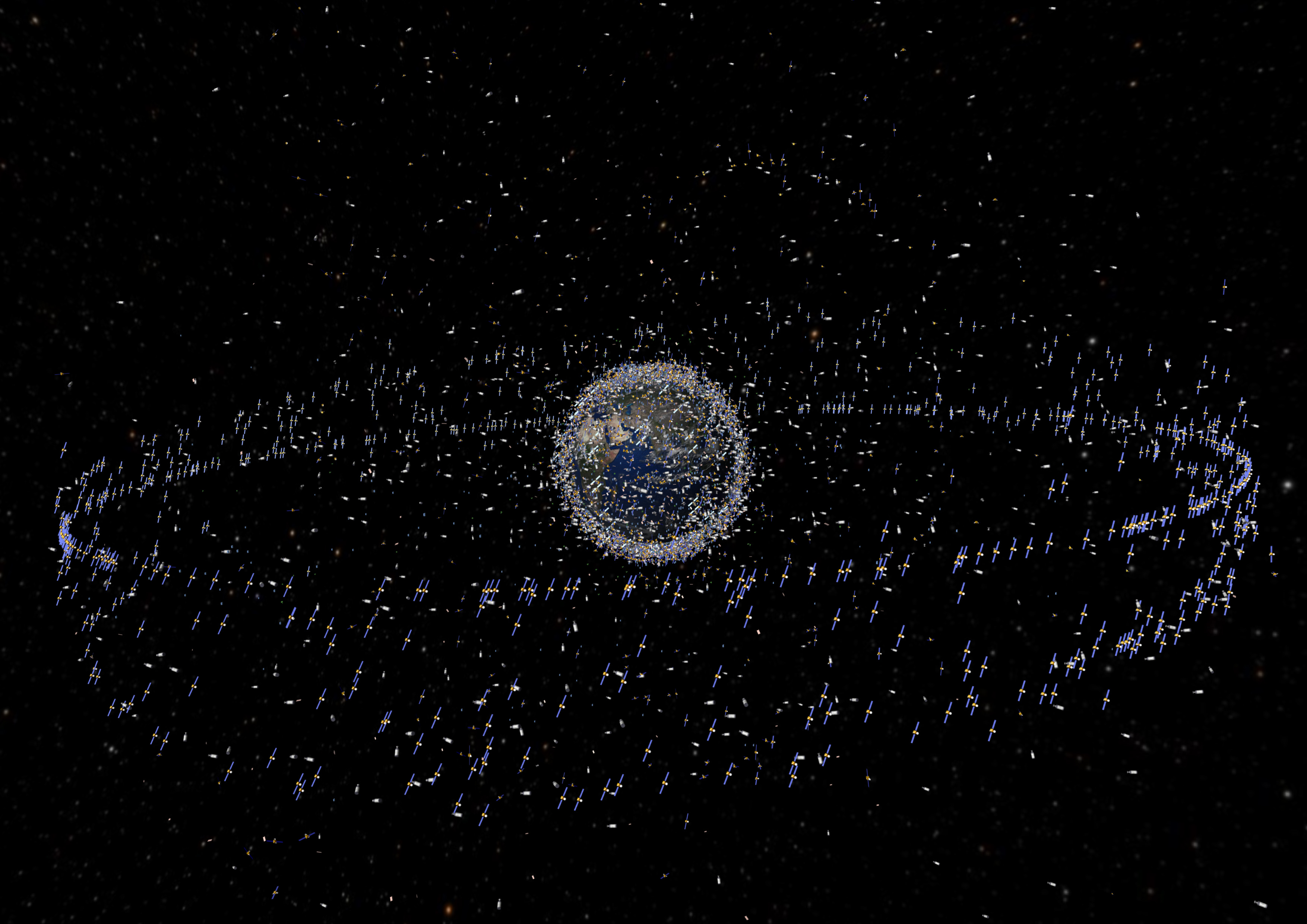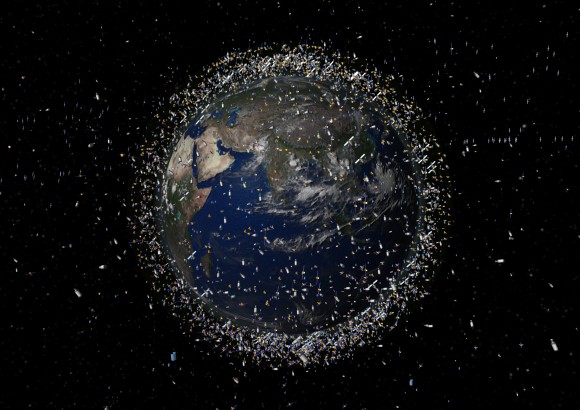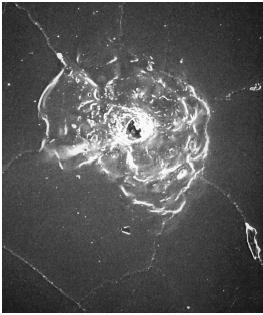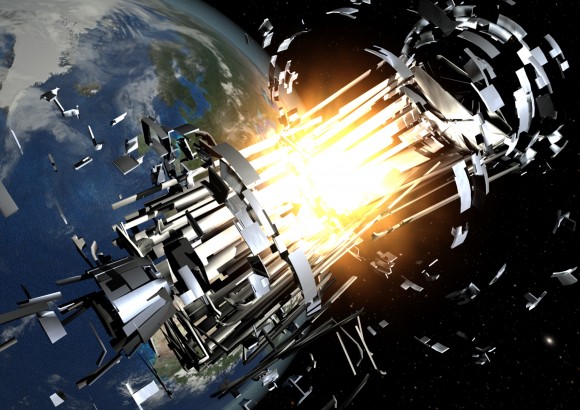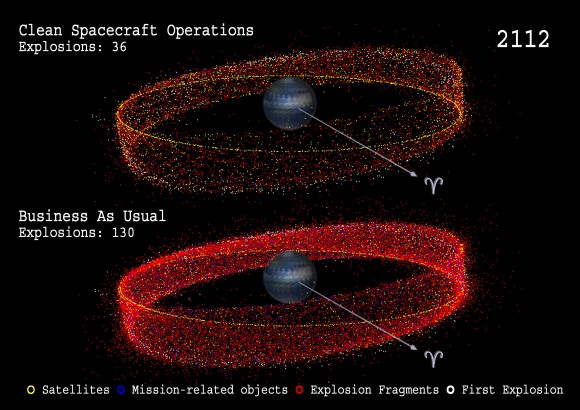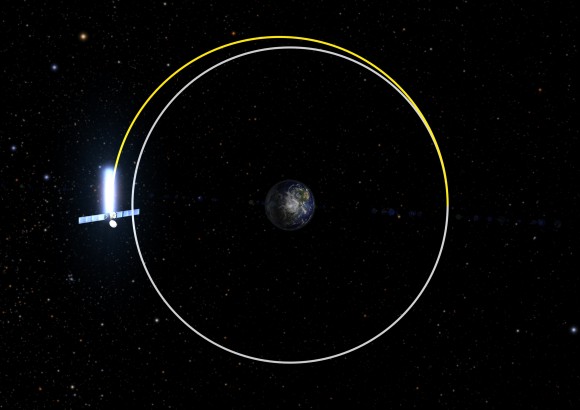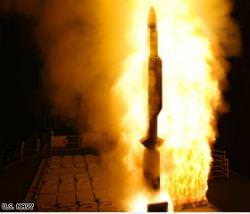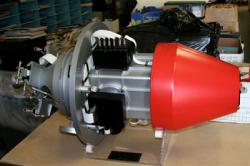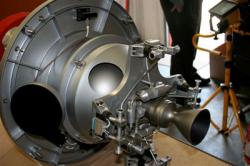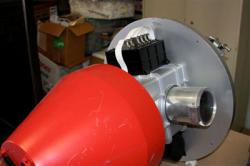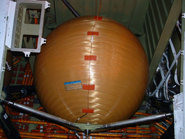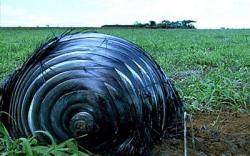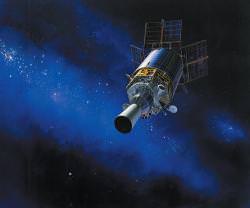When a solar flare blasts energetic particles and magnetic flux at Earth, our satellites are on the front line. As coronal mass ejections (CMEs) interact with the Earth’s magnetosphere, there is a huge injection of energetic electrons into the Earth’s radiation belts. This can have dire consequences for the satellites that we depend on for communications around the globe. All is not lost however. An international team of scientists have stumbled upon a possible, innovative solution to discharge these troublesome electrons into the atmosphere: bathe the skies in radio waves.
The magnetosphere (protective layers of geomagnetic field lines) traps energetic particles in a volume of space known as the Van Allen belt. Our satellites are constantly travelling through this high radiation environment. Most satellites are shielded from all but the worst the Van Allen belt can throw at them, but should the Sun send a high concentration of energetic particles at the Earth after a solar flare, the environment in the magnetosphere becomes a very dangerous place. Should the delicate circuitry on board the spacecraft be hit by energetic particles (a situation that possibly caused Mars Odyssey to be switched to “safe-mode”), the satellite could be irreversibly damaged.
Now, a chance discovery by French and New Zealand scientists indicate that magnetospheric electrons can be discharged into the atmosphere by using ground-based radio transmitters. This finding comes from a new paper to be published in the journal Geophysical Research Letters. Rory Gamble, a PhD student of the University of Otago in Dunedin, New Zealand, and his colleagues were analysing the data from DEMETER (Detection of Electro-Magnetic Emissions Transmitted from Earthquake Regions), a satellite sensitive to radiation changes in the magnetosphere. As the satellite passed over a military transmitter in Western Australia, they noticed that magnetospheric electrons were discharged into the atmosphere, thereby removing them from the magnetosphere.
“We were able to determine that this transmitter has a direct effect on the electrons in the radiation belts [in the magnetosphere], it caused those electrons to crash into the top of the atmosphere and be removed from the radiation belts.” – Rory Gamble
This finding is a very exciting development for the human-influenced manipulation of the levels of radiation in the magnetosphere. During periods of high solar activity, when energetic electrons are expected to populate the radiation belts in higher densities, there could be a system in place to bathe the sky in radio waves, allowing safer passage for satellites. This phenomenon has been known to exist when transmitting radio waves in space, but this is the first example of electron discharge from a ground-based transmitter.
Source: ABC

